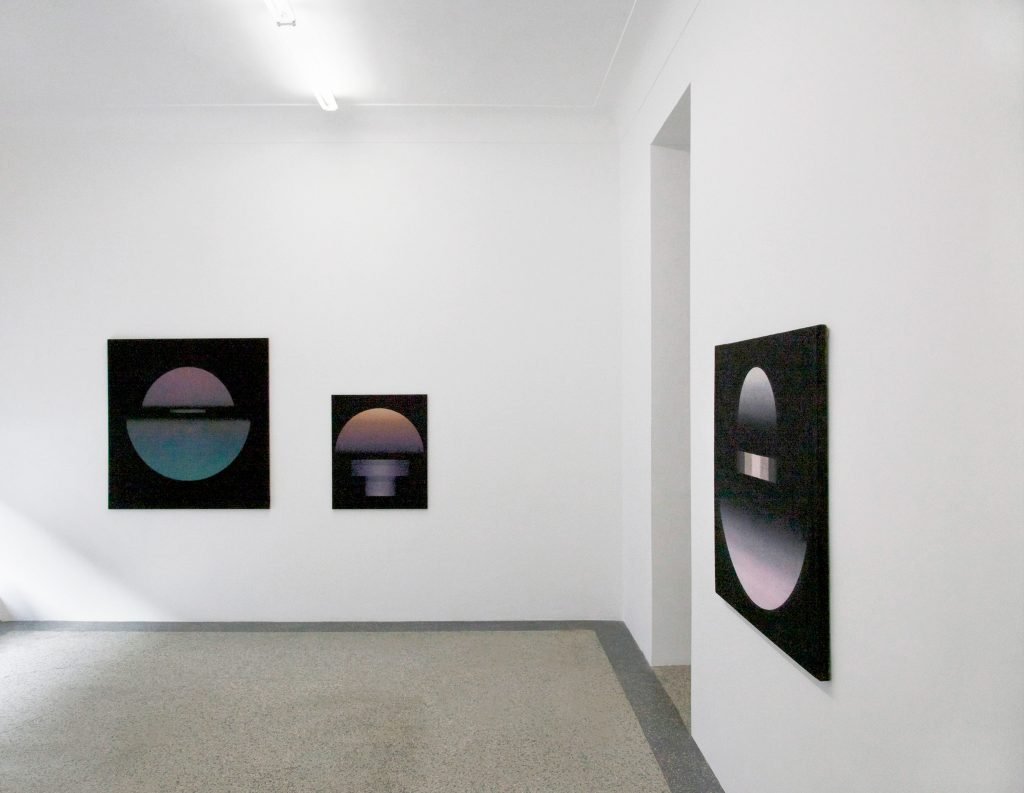
MADAME DOGDO & MANUEL GRAF
16 Mar. – 27 Apr. 2012
MADAME DOGDO & MANUEL GRAF IN
EINE ANDERE GESCHICHTE DER MADAME DOGDO
16 März – 27 April 2012
“The Etruscans occasionally ornamented their vases with Egyptian characters without paying attention to their meaning or to know it at all. Conversely, the Egyptians also had no qualms to wrap a mummy in a cloth that was provided with Etruscan characters, and was originally probably a contractual document.”
Samuel Herzog in “Ornament und Abstraktion”
Today, when abstract art from Africa, the Orient and Southeast Asia is shown, the reference to local traditions seems necessary, because we feel insecure in the face of an art that comes to similar results as ours, despite it’s different history. Opposite to what is written in our books, the developments are often treading very different paths, which is for example well shown by American architecture of the 16th and 17 Century.
Not only does the style of the colonial masters in the Old World provide a symbiosis of Islamic and Gothic architecture (Mudejar) here, in the New World, it meets a long-lost cousin of the third degree, with whom it generates an “independent American Baroque”. Like signalized by the unfortunate term structure, it is hard for our consistently constructed art history to accept byways. Especially the step from imitation of nature to abstraction applies to us as the decisive step into modernity and is so valuable to us, that we find it amusing when a Turkish artist (Bedri Baykam) demonstrates in 1984 in front of the San Francisco Museum of Modern Art for his right to live out ornamental influences of Islamic culture ib his own work, without first consulting Western art criticism. We then speak rather of re-appropriation, cultural alienation and colonial matrix.
Manuel Graf, born 1978 in the Black Forest, studied at the Kunstakademie Düsseldorf. He works between Düsseldorf and Istanbul. His works are assemblages of objects and films that deal with the concept of the “Longe Durée” by Braudel. His gaze is directed at the sources of civilizations. Where do art, music, architecture and crafts come from? For this exhibition he invited the Mme Dogdo as Alter Ego , which gives him the freedom to introduce painting in his Oeuvre for the first time without the weight of having to be a “painter”.
Mme Dogdo, born 1940 in Tehran, studied philosophy and law at the University of Tehran. In the time before the ’78 revolution it became clear to her that she no longer wanted to remain in Iran. She went to the US where, under the impression of Harry Smith, she dedicated herself to music and painting. She now mainly lives in London and Istanbul.
MME DOGDO | GALLERY EXHIBITIONS

16 Mar. – 27 Apr. 2012
MANUEL GRAF | GALLERY EXHIBITIONS
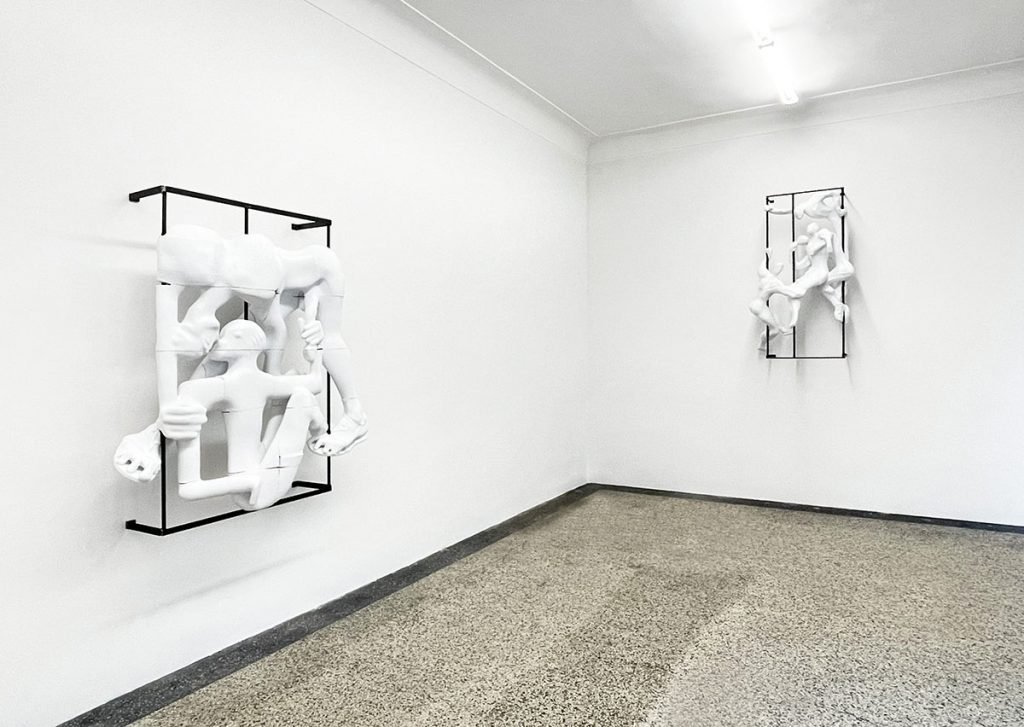
15 Jan. – 26 Mar. 2022
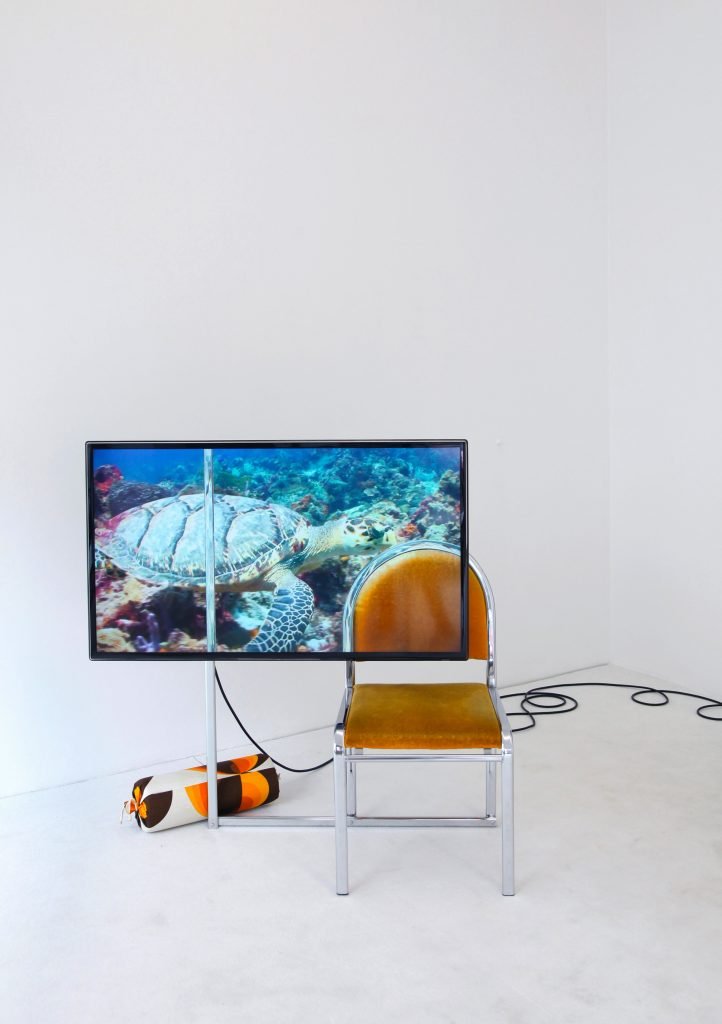
12 Jun. – 12 Jul. 2014

16 Mar. – 27 Apr. 2012
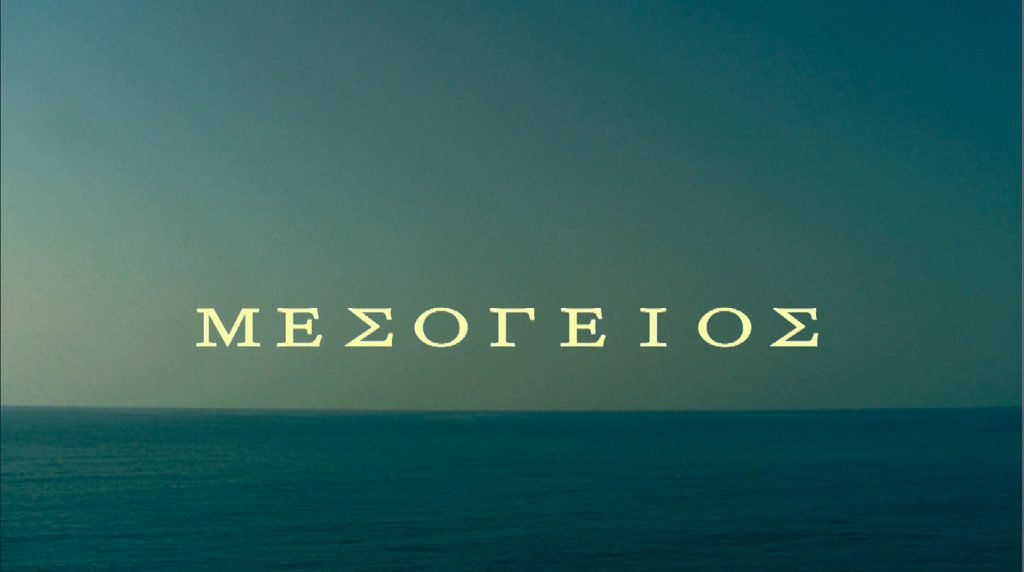
21 Jan. – 5 Mar. 2011
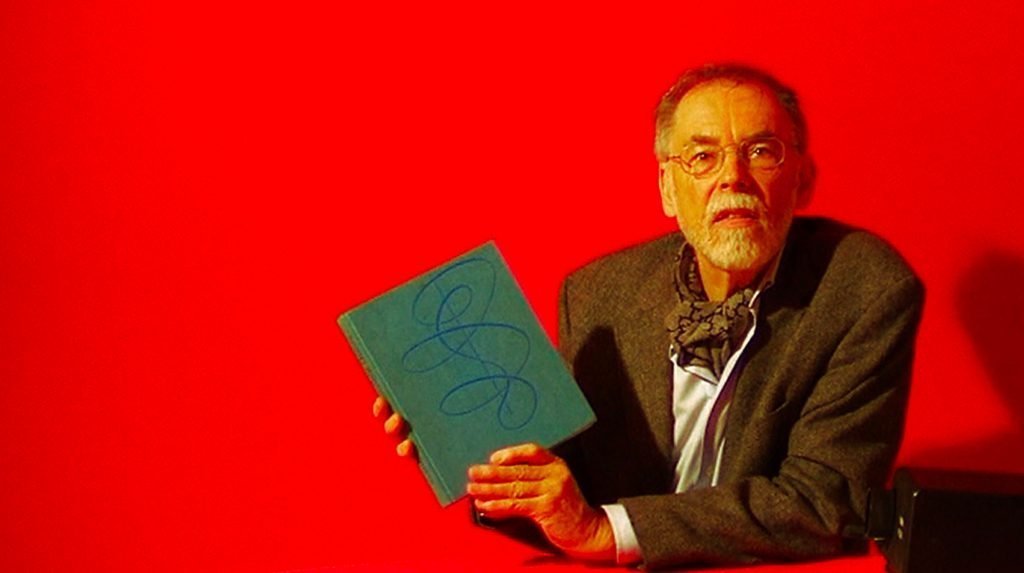
7 Jan. – 28 Feb. 2009
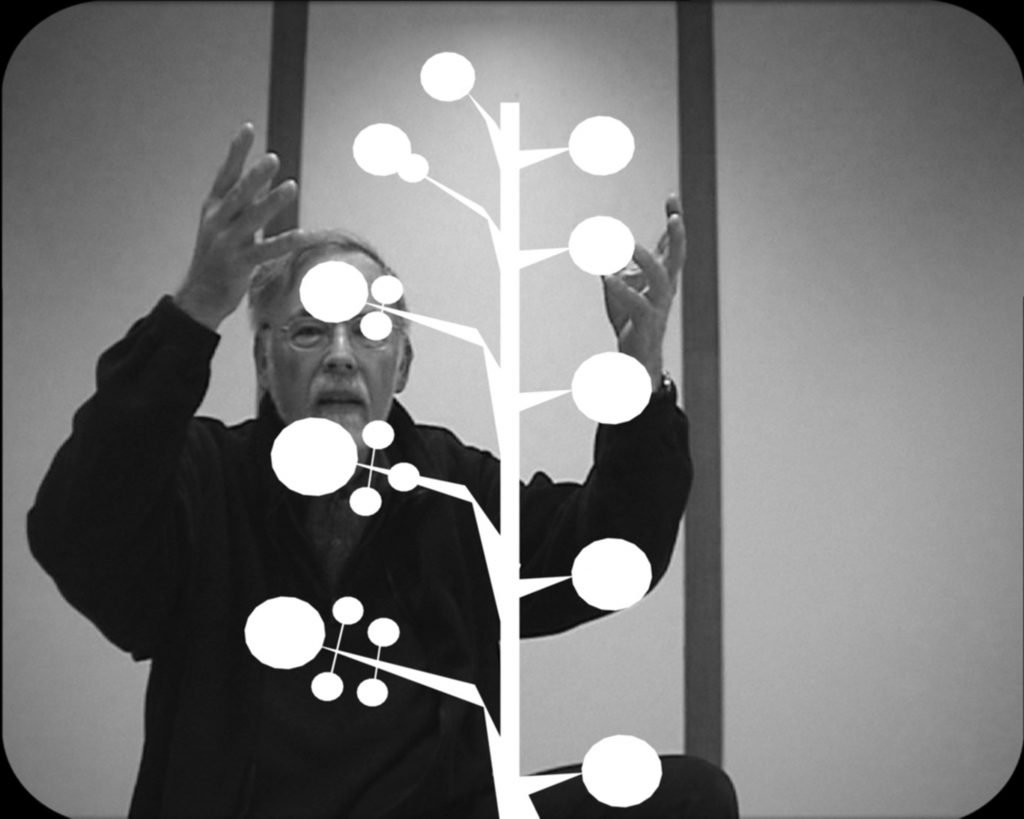
7 Apr. – 9 Jun. 2006